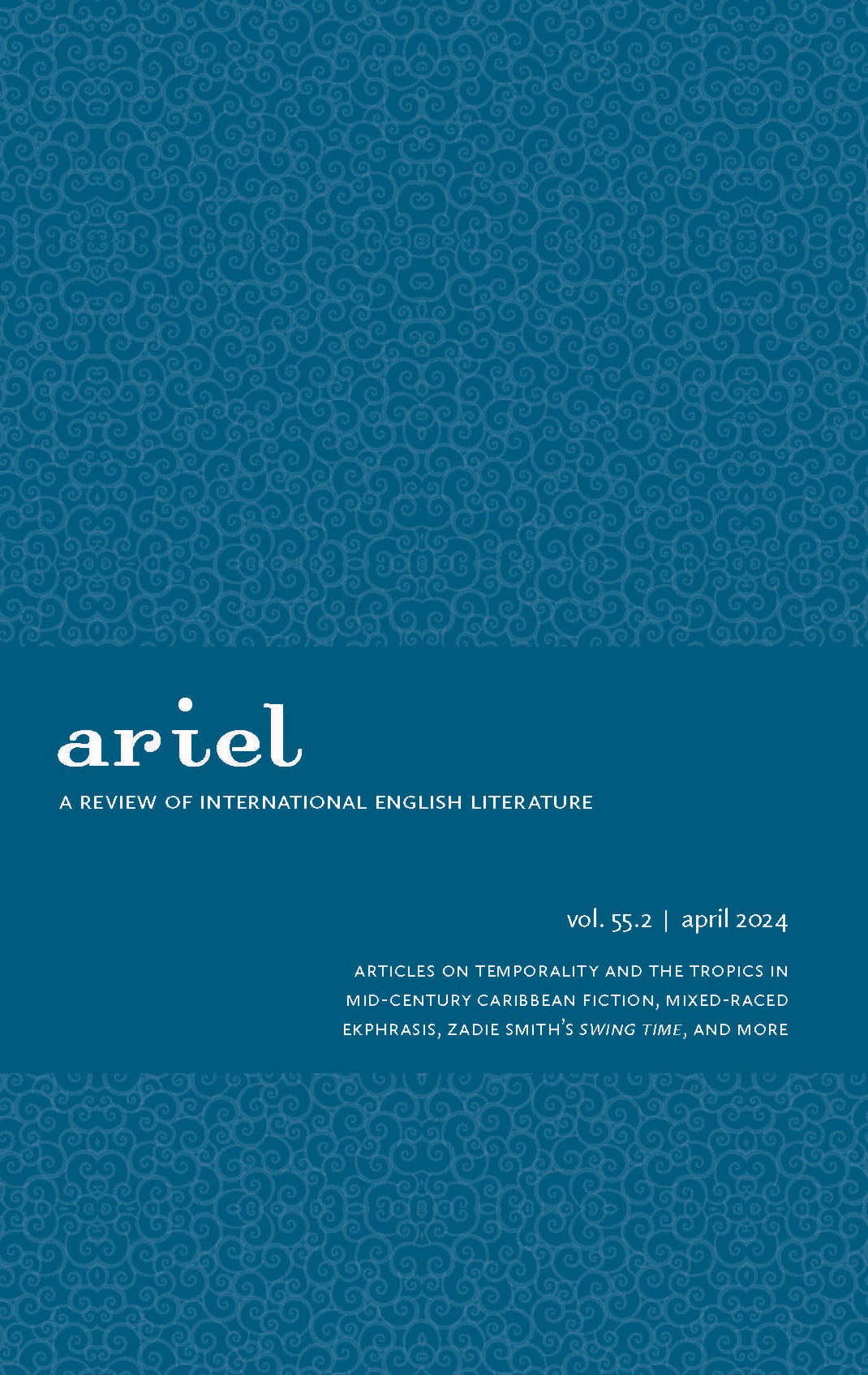Power, Painting, and Poetry: Mixed-Race Ekphrasis in Natasha Trethewey’s Thrall
Keywords:
Natasha Trethewey, Thrall, mixed race studies, ekphrasis, poetryAbstract
Painting, and Poetry: Mixed-Race Ekphrasis in Natasha Trethewey’s Thrall
Abstract: This article contributes to scholarly conversations regarding developments in ekphrasis, by combining the field of mixed race studies with ekphrastic concerns in an innovative technique theorized as ‘mixed-race ekphrasis.’ The heuristic potential of the technique will be explored through close readings of Natasha Trethewey’s book of poetry Thrall (2012). In particular, her renderings of the historical art form of Mexican casta paintings interconnects issues of mixed-race identity across the visual and the textual and encourages links between nationalized and historical conceptions of race. Although these paintings were produced hundreds of years ago, the social categorization and hegemonic power they represent are still visible in current race relations and notions of white supremacy. I argue that Trethewey uses mixed-race ekphrasis in her casta painting poems in Thrall to reclaim the agency of (self-)representation of mixed-race people by (re)negotiating race-related power relationships, and critically addressing mixed-race classifications and representations.


